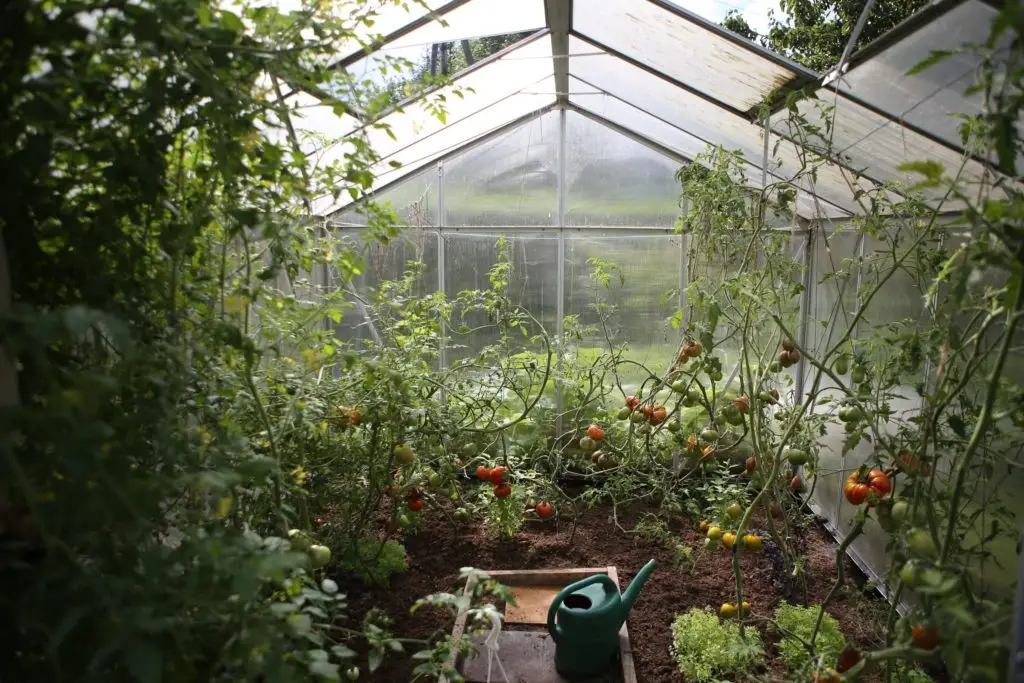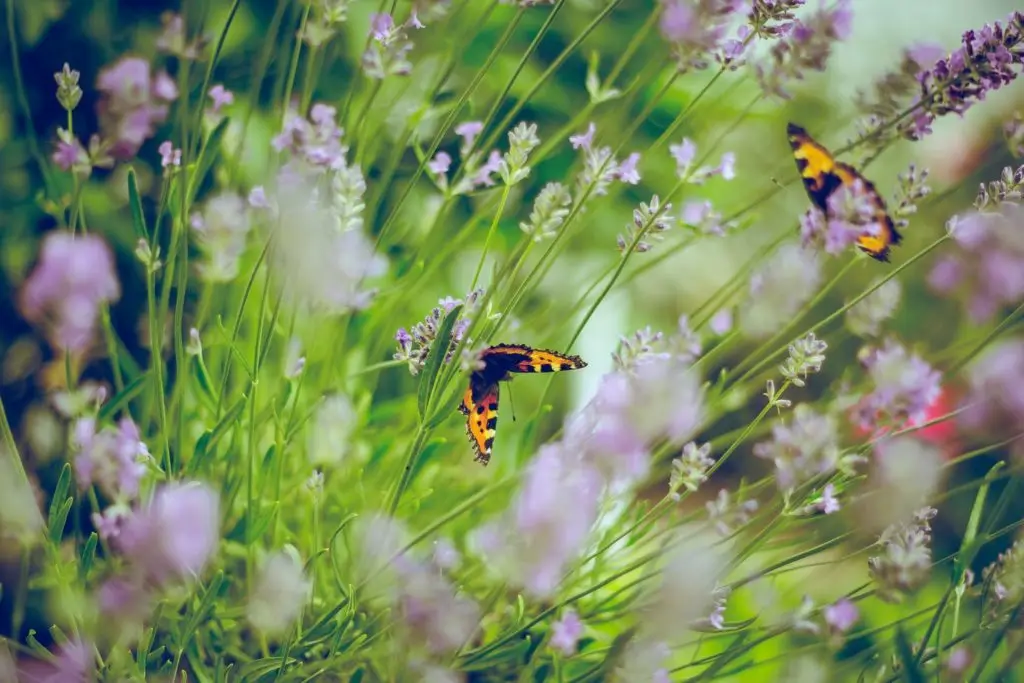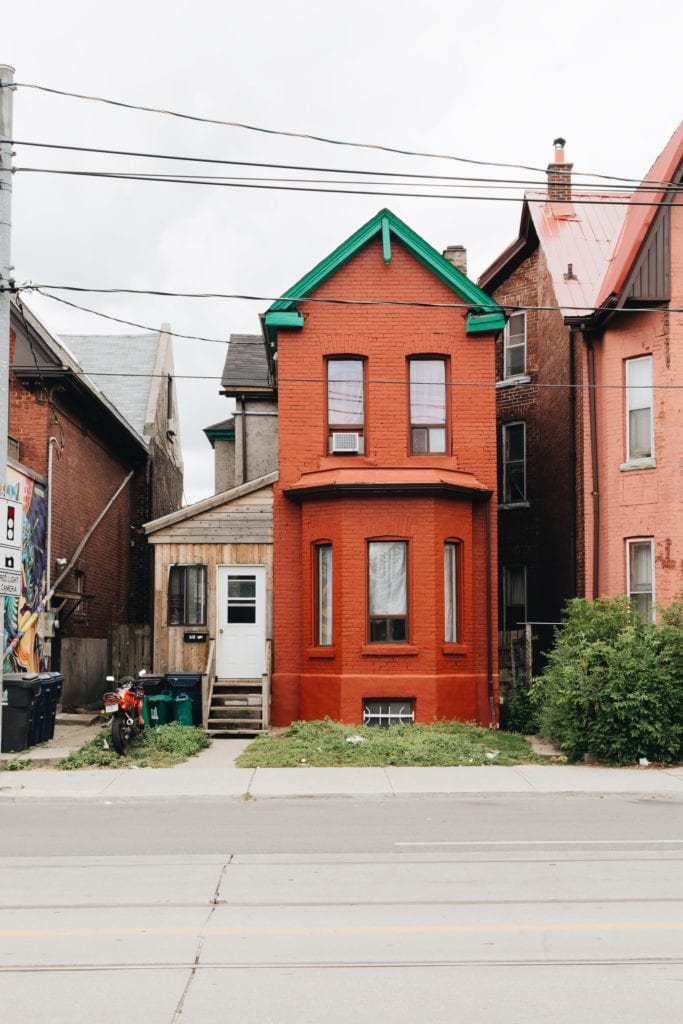As I write this article on Chicago gardening laws, I can’t help but wish I were outside. I am currently sitting in Detroit Michigan, under a quarantine that prohibits gardening. So, I keep thinking, “Well, if I could be working outside right now, what would I want to know?” Since we are all stuck indoors during this beautiful spring season, I thought I could serve my readers by discussing Chicago gardening laws. With the hope that your crops grow plentiful and your social distancing is a success, let’s get to it.
Most of the laws on agriculture in Chicago date only from the last few years. Since 2017, Chicago has tried to promote new, more effective, and more sustainable rules on agricultural production. The purpose of Chicago gardening laws is to provide community involvement through responsible land use. However, Chicago regulated these ordinances to prevent impact on the city’s vibrant neighborhoods from gardening or farming. Given that, we’re going to dive into the Chicago gardening laws and discuss how you can start your own growth project(s)!
Table of Contents
Community Garden or Urban Farm?
Community gardens are typically owned or managed by public entities, civic organizations or community-based organizations and maintained by volunteers. Plants grown on-site are intended for personal use, for charity, or for community beautification purposes. Urban farms grow food that is intended to be sold, either on a nonprofit or for-profit basis. Due to their commercial purpose, urban farms require a business license.
City of Chicago – Planning and Development
Now, if we look closely at Chicago gardening laws, we see that these laws are not focused on growing crops in your backyard. Rather, public spaces like community gardens or urban farms are the central focus of Chicago’s gardening laws. However, Residential homeowners will contend with some limited ordinances that we discuss later. With that said, I do want this article to talk about inclusive spaces that are accessible to many Chicagoans.
As a general rule, if it is temporary, you can place it on your property, but if it is permanent you will need to apply for permits to the building department. Any permanent structure you are putting on your backyard will need to meet the building and fire code(s). Now, moving on, we will talk more about public spaces and the regulations there.
To begin, there are two types of spaces for large scale gardening, community gardens, and urban farms. The key difference is that a community garden is a small plot of land in a public space while an Urban Farm is a commercial business. Chicago regulates its community gardens more because access is more public. Conversely, Chicago regulates urban farms less because they fall under commercial activity. Co-ops are usually community gardens. Businesses are usually urban farms. Chicago gardening laws regulate each of them quite differently.

What are the Chicago Gardening Laws regarding Greenhouses?
To start, let’s discuss Chicago’s city ordinance on greenhouses. Under Chicago gardening laws for single-family residences, greenhouses are deemed an accessory structure on your property. Chicago treats greenhouses like a garage or shed, even though they usually don’t contain hazards. Most other jurisdictions call these types of structures “improvements,” but here in Chicago, they are accessory structures.
Generally, Chicago permits you to grow your greenhouses as your operation grows. Specifically, residential greenhouses are not tightly regulated, community garden greenhouses have some regulation and urban farms are treated as commercial structures. The Buildings Department reviews permit applications for both residential greenhouses and community gardens. However, the Zoning Department and City Corporation review plans for urban farms.
Therefore, if you want to erect a greenhouse, the Chicago gardening laws are going to limit you to certain buildings in certain places. Notwithstanding, the City of Chicago ought to grant your greenhouse permit if you ask for it and pay the fee.
If you wish to put up a greenhouse in a community garden, you may build one so long as it does not exceed 575 square feet in area. Conveniently, that is anything smaller than 24 feet by 24 feet. This applies to many similar structures, like sheds and farmstands. Chicago gardening laws state that any permanent structure under 24×24 serving as a greenhouse will be approved if the permit is paid and it meets the fire code. So, if you are working with a community garden, all you have to do is ask for the permit.
Residential Greenhouse Ordinance
If you want to put up a greenhouse on your own property, you will need to obey Chicago’s Building Ordinance 13-96-570 building standards. The building department must approve the greenhouse you plan to erect on your property. The ordinance requires this.
Chicago gardening laws are going to make sure that your greenhouse structure is as safe as any other. Contrary to community gardens or urban farms, the maximum allotted size for a residential accessory greenhouse is 20 ft x 20 ft x 15 ft. Greenhouses require the same standard as a news stand, shed or farm stand. The fire code applies to these structures. Further, the ceiling must be made of proper skylights unless, or until, the structure exceeds 10 feet in height. Again, while greenhouses are not a garage, they are still free-standing structures and come with regulation.
What can I Legally Put in My Backyard?
With that said, hoop houses are perfectly legal to put up on any property you own, without a permit. The difference? While greenhouses are permanent structures, hoop houses are temporary. If you want to put a greenhouse in your backyard, you’ll need to pull permits for the structure. If you want to put a hoop house in your Chicago back yard, you just need to stake down the plastic.
This is a general rule with Chicago gardening laws. If the structure will come down before Winter, it is a temporary structure and will not need permits. However, most other structures are going to fall under the Chicago Building Ordinance for Sheds and Shelter Sheds. Those structures are contemplated for storage of materials only, and should rarely see foot traffic.
Animals and Insects
Now, something that is quite exciting. You may legally put chickens in your backyard under Chicago’s gardening laws. You heard me, it is perfectly legal to keep chickens for eggs and soil rotation on your property. Still, it is illegal to slaughter them, it is illegal to eat them, and it is illegal to resell them once you do have them on your property. Those limitations are strict, but having a few eggs every other morning is a great way to achieve self-sufficiency!
Even more, you can freely “grow” a certain insect in your backyard. Homeowners have free reign to keep honeybees! You may keep up to five hives or colonies of honey bees for accessory use. However, beekeepers must register with the Illinois Department of Agriculture.

What Can I Grow in My Garden?
When I started writing this article, I had no idea how big of an issue this was! We were able to find no conclusive answer, whatsoever, about what kind of garden crops, and what lot size of garden plot is legal under Chicago’s gardening laws. What we did see was the uproar over the millions of dollars Chicago makes each year on noxious weeds. You can certainly find much more on this subject on any gardening forum.
Chicago’s ordinances on health and safety govern the plants you may grow in your yard. Those Chicago gardening laws are so vague that the city makes millions of dollars each year by citing homeowners with wildflowers and prairie gardens.
Any person who owns or controls property within the city must cut or otherwise control all weeds on such property so that the average height of such weeds does not exceed ten inches. Any person who violates this subsection shall be subject to a fine of not less than $600 nor more than $1,200. Each day that such violation continues shall be considered a separate offense to which a separate fine shall apply.
Chicago Municipal Code 7-28-120 Weeds – Penalty for violation – Abatement – Lien
Surprisingly, the City of Chicago does not have gardening laws on what constitutes a weed. There is no regulatory guidance on which crops are weeds. Nor is there guidance on what density is noxious, or how you can transform the land into gardens. I could not find anything about the crops, but I did find some Chicago gardening laws on compost. Seemingly, the rule for plants is solely based on the average height of the stalk of the plant. This seems deeply unsatisfying as an answer.
Chicago’s Gardening Laws on Composting
Similarly, the Chicago gardening laws on compost are hard to follow. As far as I could tell, if your compost operation needs to comply with three rules to be good. It must be (1) small, (2) use only landscape or food waste, and (3) not attract rodents. If you do those three things, you’re probably complying with Chicago’s gardening laws.
First, your compost pile may not exceed the maximum size of 10 cubic yards set by law (far more than any homeowner will ever generate by herself). Secondly, you may only use landscape debris, organic food waste, and non-carboniferous charcoal in your pile. Finally, there is an express prohibition on any compost pile that attracts rodents. Ultimately, it might not be up to you, but solely in the little paws of Chicago’s critters.
What are Chicago’s Gardening Laws Regarding Materials?
Now, while many states have strict materials requirements for your gardening beds, Chicago’s gardening laws make few mentions of materials for construction. Really, the only thing we could find was a statement that the municipal fire code still applies to every structure you may intend to erect, even on a temporary basis. While that fire code is far too long to list out here, we will try to give you some quick highlights on which materials are permitted under Chicago gardening laws.
Exterior Accessory Fire Code
While not quite a Chicago gardening law, the fire code does touch many aspects of gardening home improvement. If you are building a small structure of non-combustible construction (most common materials that aren’t wood), you must separate your structures by twelve feet, or use materials with a fire-resistance rating of two hours or longer. This will include most greenhouses as we spoke about above, and most sheds that open on the long side. I have included these specific rules quoted from the ordinance, below:
- (j) Buildings of unprotected noncombustible construction having a horizontal separation of 30 feet on all sides. Walls having a horizontal separation of less than 30 feet but not less than 12 feet shall have a fire resistance rating of not less than one hour. Walls having a horizontal separation of less than 12 feet shall have a fire resistance rating of not less than two hours;
- (k) Greenhouses not exceeding 400 square feet in area and not more than 15 feet in height erected on the same lot with and accessory to a building of another occupancy;
- (l) Sheds open on the long side, not more than 15 feet in height nor more than 400 square feet in area, located at least ten feet from buildings and from adjoining lot lines;

What do Chicago’s Gardening Laws say about my Front Yard?
Chiefly, Chicago’s Landscaping Ordinance oversees the laws and ordinances about the front yard. This article is more focused on Chicago gardening laws, rather than on temporary structures and accessory buildings. If you made it this far, and followed along, all of your improvements are likely either temporary structures or accessory buildings. This means that there would be no ordinance that applies to your front yard. So, you may plant anything you wish in your front yard (so long as it isn’t over 10″ high).
For example, if you wish to put flower beds in your front yard, you may! Again, if you want to grow non-native species, you may! Even still, if you want to dig up your lawn and replace it with prairie sod, you may! Front yard use is one of the most permissive Chicago gardening laws.
Street-facing Landscaping Ordinances
However, if you fall short of some of the requirements I’ve listed here, you will need to follow the Chicago landscape ordinance. Mostly, this landscape ordinance concerns keeping the Windy City lush with trees. In short, here are the requirements:
- Parkway Trees: The ordinance requires the planting of one shade tree, at least two inches in caliper, for every 25 feet of frontage.
- Vehicular Use Area Screening: Parking lots must have a two- to four-foot-high hedge within a five-foot landscaped setback. The required setback is 15 to 20 feet if the lot is located in a residential district. Screening alongside or rear lot lines by a wall, fence or hedge between five and seven feet.
- Vehicular Use Area Internal Planting: Shade trees at least two inches in caliper must be planted in landscape islands of at least 165 square feet The total landscape area must equal five percent of the vehicular use area. One tree must be planted for every 250 square feet of interior landscaped area.
If you are just doing small-scale gardening, we doubt this will apply to you. The best thing to do is to get dirty, put the seeds in the ground and wait for May to roll around so we can be outside again!
Conclusion – Chicago Gardening Laws are Weird.
Chicago gardening laws are so complex and touch so many parts of the city ordinance! We did not find a single article on questions commonly raised by gardeners. We hope this article helped you avoid buying a permit by having compliant structures on your land. Just remember to obey the fire code, keep it temporary if you can, and don’t make anything too big! With that, you’ll have plenty of cute home improvement projects to tide yourself over until the coronavirus is done. I hope this discussion on Chicago gardening laws helped you grow in knowledge.
Justin
Sources
City of Chicago Landscape Ordinance FAQ – For those renovating or developing a building
City of Chicago Urban Agriculture FAQ – For those putting in an urban farm or community garden
Chicago’s City Ordinances and Building Codes – Am Legal – For those who want to read the actual text of Chicago gardening laws
